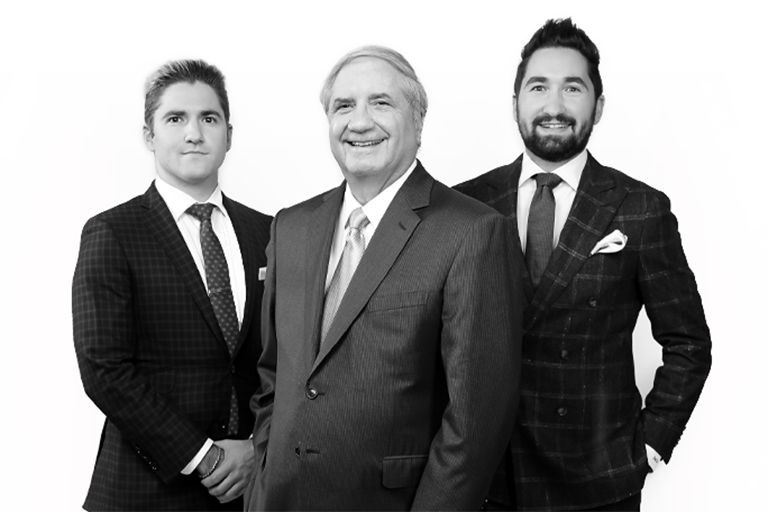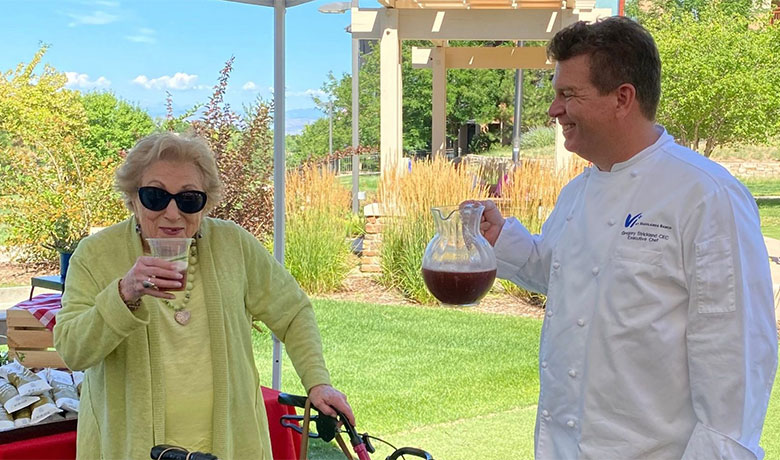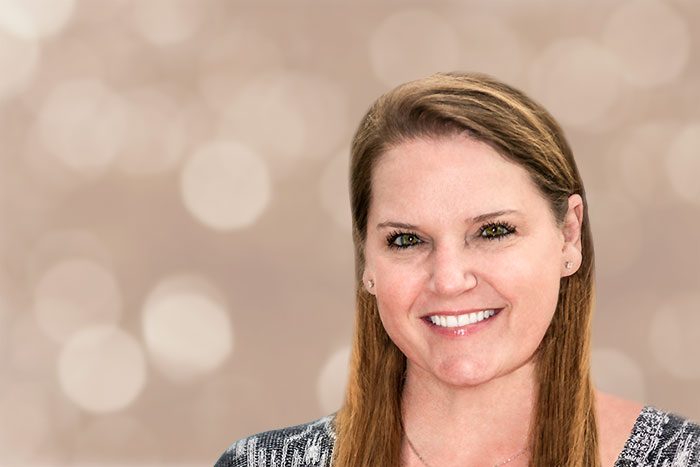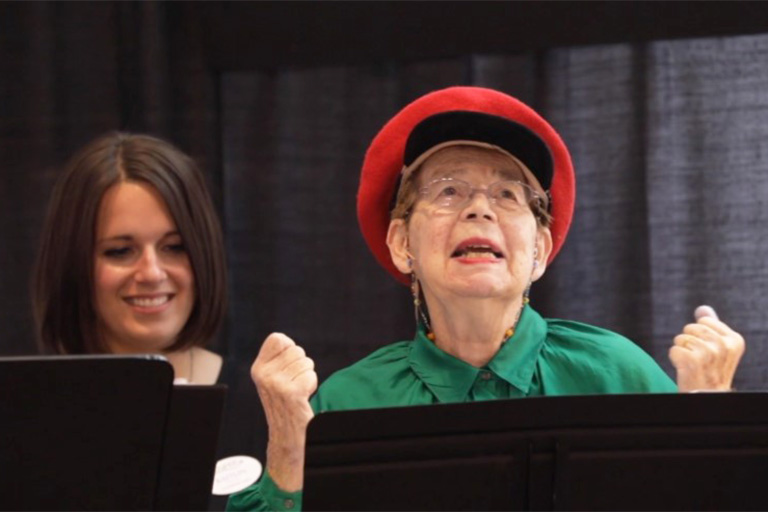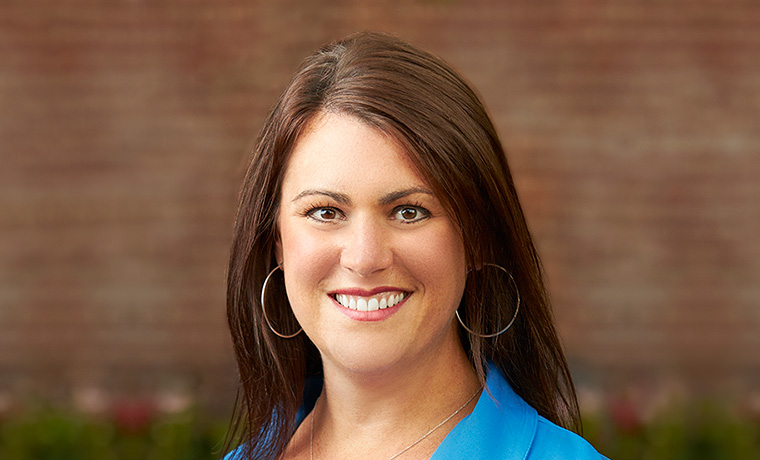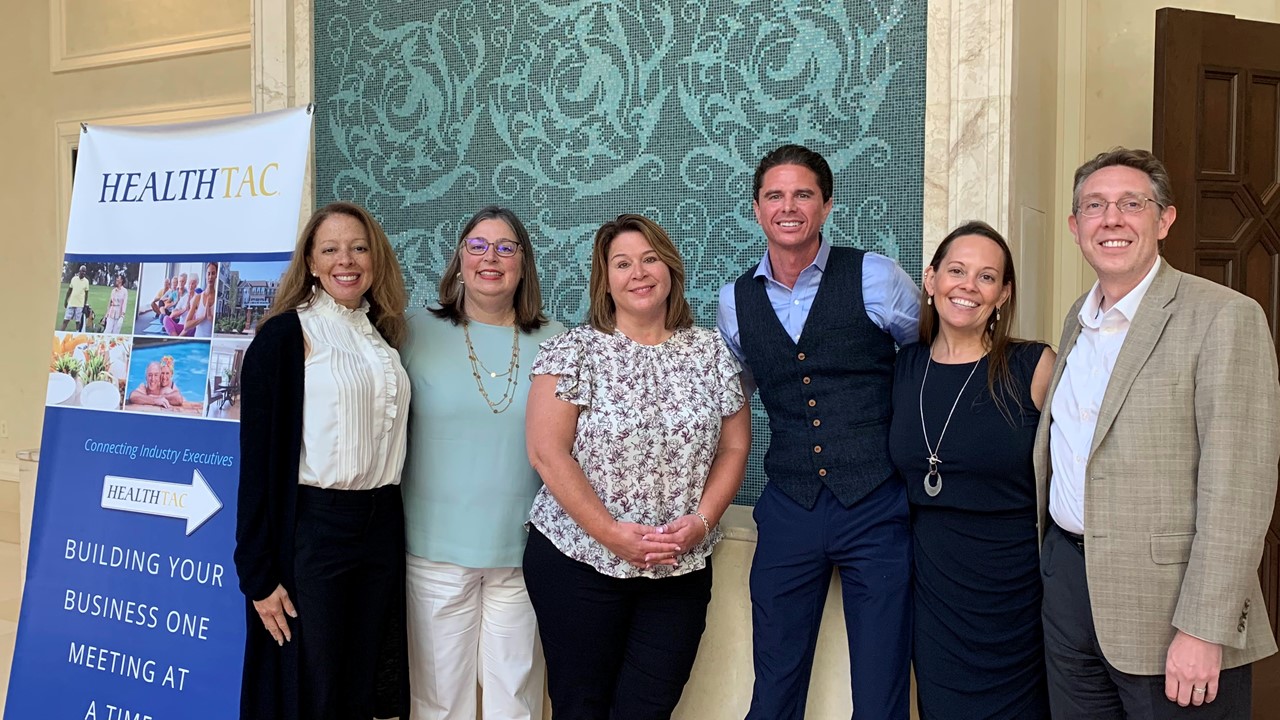
By Caroline Chan | June 13, 2022
HEALTHTAC Panelists Explore the Importance of Purpose and Social Connection in Senior Living Communities
Wellness has always been a central tenet of senior living communities—and not just physical wellness, but also emotional and mental well-being. During a recent HEALTHTAC panel entitled, “Wellness and Engagement: A Critical Pivot for Future Growth, Occupancy and Satisfaction,” industry experts discussed residents’ quality of life, socialization and more. The panel was held at the Four Seasons Hotel & Resort in Orlando, Florida, and was moderated by Kelly Stranburg, principal at LE3 Solutions.
The panelists got involved in wellness and engagement in their communities in different ways. For example, Elizabeth Byrd, VP of health services at Sharon Towers—which is a single-site, non-profit CCRC in Charlotte, North Carolina—said that a property adjacent to her community became available. So as they were working on modifying the campus’ master plan, they thought about changing the culture.
“How can we become a culture and a community…of vitality and well-being to open up to our prospective residents, future residents and current residents?” asked Byrd. “And then we just grew that thought process.”
Neal Buddensiek, chief medical officer at Benedictine, provides medical direction for a couple of the communities. Benedictine has about 25 nursing homes and about 25 assisted living communities in five Midwestern states. He noticed that the seasoned wellness director and new wellness director were having two very different experiences.
“I was quite profoundly affected by the frustration of the new wellness director in their role, and also the profound joy and ease that the wellness director that had been there for 20 years plus had,” said Buddensiek.
He realized that the seasoned wellness director had some 20 years to get to know the residents and their stories. As a result, they were able to empower them. “They’ve been able to help provide that meaning in their life and in their purposeful living every day,” said Buddensiek.
That “purposeful living” idea is really important. Kristine Frankel is VP of engagement and director of active aging at The Arbor Company, which has 46 communities. According to Frankel, the company has always been focused on fostering relationships and building those deep connections with its residents. But changing up one of its systems made them take it a step further.
“The thing that really made us pivot was when we moved into the calendar planning system that actually looked at data,” said Frankel. This system let the organization see which activities residents were—and weren’t—interested in.
Frankel noted that when she started in the senior living industry about 20 years ago, communities were packing their calendars full of activities to entertain their residents.
“But none of us are entertained every day; we have purpose in our life,” Frankel said. “It’s really finding out what makes someone tick and what gives them the reason to get out of bed in the morning.”
Scott McCorvie agreed. “Purpose is so important,” said McCorvie, CEO of Vita Senior Living, which is an owner/operator platform based in Florida. He explained that caregivers really need to understand their residents so they can help “provide the purpose.”
This is especially true with all of the technology innovations. “With telemedicine and advances in technology and healthcare, residents can age in place longer at home. But what they can’t get at home is that connection, that life, that socialization,” said McCorvie. “They’re still just isolated in their home. So in senior living, we’re providing way more than just…a room…We’re really focused on providing that engagement, that connection, and really that overall programming and that lifestyle that the residents want.”
And it’s really that connection and socialization piece of wellness. “Wellness is so important, and healthcare is just one component of wellness. For us, it’s healthcare and medication management, but also connection and all those different socialization programs that can be offered,” said McCorvie.
According to Buddensiek, about 25% or more of seniors 65 and older feel socially isolated—and about one-third of people 45 and older feel lonely. “We need to figure out how to not have any of our staff and our residents feeling lonely in our communities,” said Buddensiek.
But going back to advances in technology, the panelists also discussed how technology fits into the wellness discussion.
“A silver lining in the pandemic is that technology now has a seat at the table,” said Margaret DeVinney, director of sales, senior living at Enseo, Inc., which is a tech company based in Dallas, Texas.
For example, Frankel’s organization has begun to use technology to help her caregivers learn more about their residents. This, in turn, can help create those strong connections and social interactions.
“When we have new residents, we have a scrolling screen in the break room, along with a TV, and when you’re sitting, eating lunch with your friends, you might just happen to look up on the TV and see an interesting fact about a resident that you didn’t know,” said Frankel. “The line staff/caregivers actually came up with the idea.”
And technology puts the information right at your fingertips and makes things easier. “What we don’t want to do is add to the boots-on-the-ground [caregiver] responsibilities,” said DeVinney. “We want to let them have it at a glance while they’re doing something that they’re normally doing—like eating lunch.”
Frankel’s company also holds contests around fun facts about residents, where caregivers who know the answers are awarded prizes. “It’s just about fun, creative ways to try to get all of the staff to get to know the residents,” she said.
Technology can also help speed up everyday responsibilities. “Caregivers have more tools at their disposal to accomplish their daily tasks,” said Frankel. “They can do those tasks quicker, so that they have that time to form those true bonds with the residents that they’re there to serve and love.”
And while those clinical needs and daily tasks are a crucial part of a caregiver’s job, once they’ve been taken care of, “it’s about that quality of life, it’s about that connection and it’s about the building of that relationship,” said Buddensiek.
However, some of that responsibility could fall on the residents. “I find that living fully and living well, ultimately, is in the resident’s court. But we need to empower them; we need to facilitate the environment,” said Buddensiek. “We can have that resident before us and next to us, and we can work with them and help them live their best life…through certain programmatic activities on a calendar, but also just organically being able to help that resident contribute back to the community.”
That will help the resident build and foster those social connections—and develop that sense of purpose that all the panelists touched on.
And while empowering the people who live in your communities is vital, you want to do the same thing for your care team. After all, finding purpose and meaning at work is important for your staff.
“So it’s not ‘just a job’; you’re actually…making a difference in someone’s life—you’re not just clocking in and out,” said McCorvie. “I think that’s so important as we move forward as an industry.”

